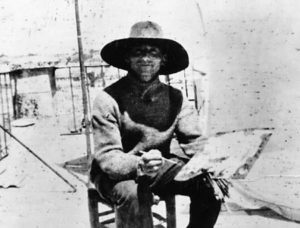
1890 - 1957
David Garshen Bomberg
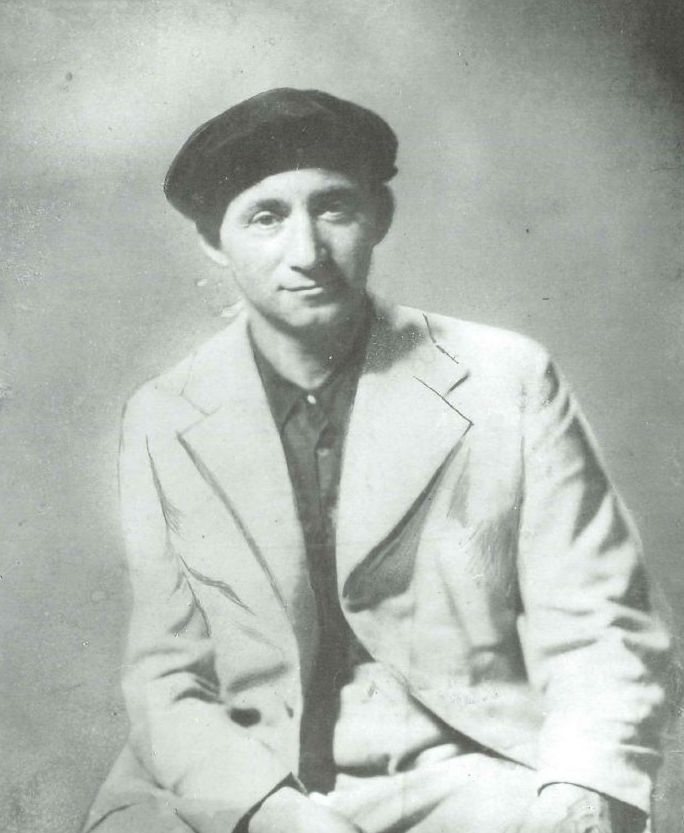
description
An English artist, one of the prominent figures of British avant-garde painting. A student of the famous Slade School, David Bomberg was one of the so-called “Whitechapel Boys”, artists from East London, many of who made important contributions to the visual arts of England. He was a member of the “London Group”, an association of artists of various modernist art movements. Bomberg exhibited his paintings at the New England Art Club and was a talented teacher, whose students were famous artists. The First World War, in which he was directly involved, had a profound effect on the artist’s work, fundamentally changing his attitude to art. Despite the fact that the works of David Bomberg are considered the most vivid examples of the English avant-garde movement of Vorticism, he did not consider himself to be a representative this movement, always being independent in his creative style.
Key ideas:
– The painting style of David Bomberg underwent several radical changes throughout his art career. The brightest and most famous creations of the artist are geometric compositions in rich colours, where each object is divided into many separate elements. At first glance, it seems to you that you see just a pile of incomprehensible details, similar to a kaleidoscope or mosaic, but after a few seconds of careful viewing, a detailed picture of a particular process, moment and action appears in front of the viewer.
– Such works as “Jiu-Jitsu” and “On Hold” (both 1913) are represented on the canvas divided into identical diamond-shaped cells, which set a certain rhythm and structure to the entire work. The artist’s paintings are very dynamic; they take you into the endless maelstrom of life by their repeating rhythm, due to which many critics attribute these works to the style of “vorticism”, which means “turbulence”, “gust of wind”. According to Bomberg himself, his goal was “to turn the life of a huge city, its movement, its technology into art that will be not photographic, but truly expressive”.
– In his works, Bomberg sought to simplify the forms as much as possible, discarding everything secondary and leaving only a “bare” construction. Thus, the artist’s human figures turn into a few stretched elongated rectangles, while landscapes and interiors turn into distinctly delineated planes, painted with a uniform colour. At the same time, Bomberg tried to preserve one thing, which he considered the most important in painting – the energy of movement and the emotional mood of the picture. The individual style of the author takes its roots in the modern world, where scientific progress and technology occupy one of the central places, pushing a person with his thoughts and feelings into the background. This process, at the same time, delights and frightens the artist; this is conveyed by the alarmingly enthusiastic mood of his paintings.
– David Bomberg refers to those artists whose fate was significantly affected by participation in the armed conflict. After the end of the war, his work could never be the same as in the past, as it lost its commitment to mechanization and the latest technology and took a quieter course. After 1920, the artist’s paintings lost their abstractness and became more realistic with a touch of Expressionism. The fate of David Bomberg was such that he spent most of his life in obscurity, not receiving the recognition and appreciation, which, undoubtedly, his innovation in painting and extraordinary talent deserves.
1890
1911
1914
1915 - 1917
1920 - 1930
1945 - 1953
1957
The artist was born
Studied under the guidance of Henry Tonks
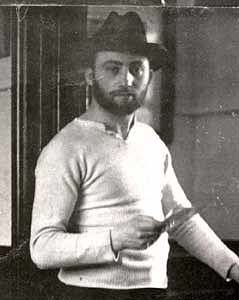
Took part in the exhibition of the London Group
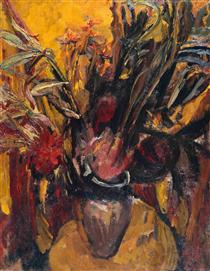
Took part in the First World War
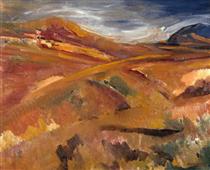
He made a long journey to Palestine and Spain
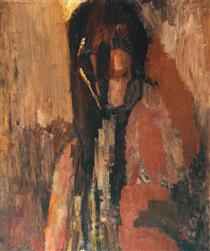
Taught at the London University South Bank
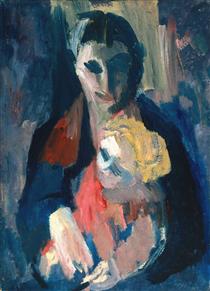
David Bomberg died
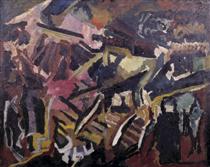
David Garshen Bomberg
On Artist
flow
Cubism
Futurism
friends
Percy Wyndham Lewis
Isaac Rosenberg
Paul Nash
artists
Henry Tonks
Paul Cezanne
Walter Sickert
John Singer Sargent
Gino Severini
Francis Picabia
Pablo Picasso
Henri Matisse
Andre Derain
Amedeo Modigliani
By Artist
flow
Abstractionism
friends
Leslie Marr
Stanley Spencer
Марк Гертлер
artists
Frank Auerbach
Leon Kossof
Cliff Holden
Dorothy Mead
Gustav Metzger
Peter Richmond
